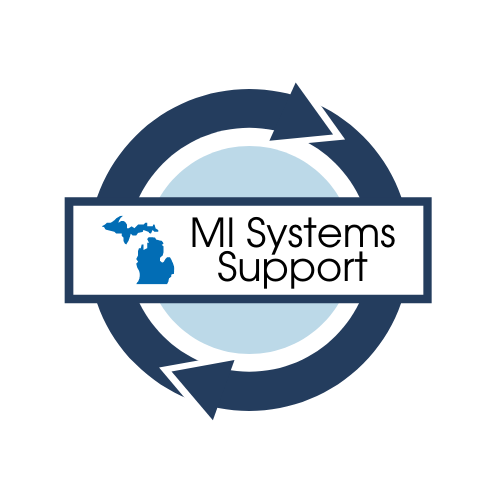
Instructional Leadership Routines
Templates and Tools
GROW Coaching Template
Summary
The GROW Model is a coaching framework that might be used in conversations, meetings and everyday leadership situations with the goal of developing an individual’s potential and identifying possibilities. Two premises of the model are that everyone has the potential to develop and improve themselves, and using questions rather than instructions helps to foster ownership and change.
The GROW Coaching template is a tool that might be used by leaders in conjunction with coaching skills and behaviors. The GROW coaching template is a way of structuring an effective coaching conversation.
-
You are ready to coach and you aren’t sure how to structure your sessions. The GROW Coaching template might be just what you need. Consider reading the MindTools Article found in Supporting Resources to get an overview of the GROW process. The Coaching and GROW model video, also found in Supporting Resources, makes connections between using coaching skills along with using the GROW Coaching template. This template might be used for problem solving, goal setting and performance improvement at all levels of the educational system.
-
-
Heath, M. (2013, July 31). Coaching and the grow model. [Video]. YouTube. https://www.youtube.com/watch?v=xNLRo3jWPcg
The GROW Model of Coaching and Mentoring. MindTools. (n.d.). https://www.mindtools.com/an0fzpz/the-grow-model-of-coaching-and-mentoring
Whitmore, J. (2009). Coaching for performance: GROWing Human Potential and Purpose-The Principles and Practice of Coaching and Leadership. Nicholas Brealey Publishing.
PLC Meeting Feedback Tool
Summary
The PLC Data Meeting Monitoring Feedback Tool, allows leaders observing the PLC teaming process to provide efficient and actionable feedback to participants. This tool outlines the key observable behaviors and processes that should take place during a PLC data meeting.
-
The tool might be used by instructional leaders during collaborative team meetings in order to provide actionable feedback. In addition, the tool might be used as a guide for those engaging in collaborative teams. Team members read through the tool content to ensure the team meets the criteria for effective collaboration.
-
Adapted from: DuFour, R., DuFour, R., Eaker, R., Many, T. W., & Mattos, M. (2016). Learning by Doing: A Handbook for Professional Learning Communities at Work™.
“What to Look For” Observation Guides
Summary
This resource from the Massachusetts Department of Elementary and Secondary Education provides “What to Look For” Observation Guides for English Language Arts & Literacy, Mathematics, and Science & Technology/Engineering classrooms. This resource also contains Foundational Skills What to Look Fors.
-
District and building leaders might choose to use these “What to Look For” observation guides as they conduct their classroom observations. Although the guide is based upon the Massachusetts Education Evaluation Framework, leaders in other states might find it helpful to use these guides as they observe what the teacher is doing and what the students are doing during classroom observations. It is important to ensure that your state grade level/content area standards are represented and that your specific teacher evaluation tool categories are aligned.
-
Massachusetts Department of Elementary and Secondary Education. (2021, April 30). “What to Look For” Observation Guides. https://www.doe.mass.edu/frameworks/observation/
Instructional Leadership Routines Implementation of Practices Tools
Summary
Your district may be well on its way to implementing the practices of Instructional Leadership Routines or you may be just starting out on your journey.
These tools mirror the documents found on the Implementation of Practices page for Readiness and Planning and Practices and Progress Continuum. The tools are downloadable and can be used for assessing where your district is within Instructional Leadership Routines.
